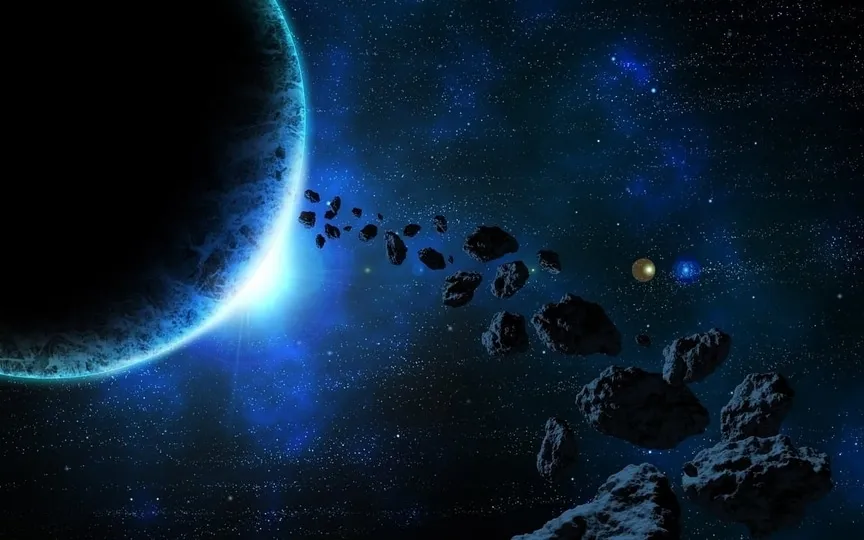NASA reveals details of 250-foot asteroid passing Earth today at close proximity; Learn about its speed and other information
NASA, along with other space agencies, has created advanced technology to monitor and potentially redirect asteroids that pose a threat to Earth. Utilizing this impressive technology, NASA has recently provided information on an asteroid named Asteroid 2020 KT4, which is projected to pass by Earth on December 25. The details regarding its close encounter can be found through NASA’s Center for Near-Earth Object Studies (CNEOS).
Asteroid 2020 KT4: speed, size, distance and more
Asteroid 2020 KT4 is expected to pass Earth at a distance of about 5.1 million kilometers today. It is already orbiting the earth at a speed of 26,197 kilometers per hour, which is even faster than Intercontinental Ballistic Missiles (ICBM)! This space rock belongs to the Apollo group of Near-Earth Asteroids, which are space rocks that pass through the Earth and whose semi-major axes are larger than the Earth’s axis.
These asteroids are named after the huge 1862 Apollo asteroid discovered by German astronomer Karl Reinmuth in the 1930s.
According to NASA, this is not the first time that Asteroid 2020 KT4 has come close to Earth. It passed the planet for the first time on October 4, 1906 at a distance of about 72 million kilometers. After today, it will pass the planet at a distance of 59 million kilometers on July 8, 2024.
How big is it?
Asteroid 2020 KT4 is almost the size of a massive airplane, measuring nearly 250 feet across! However, it is not classified as a potentially dangerous object and does not pose a danger to the Earth.
The secret ingredient of life found in asteroids
Did you know that while asteroids can pose a danger to Earth, they may also contain the secret ingredient for life? Amazing isn’t it? A recent study by the WA-Organic and Isotope Geochemistry Center (WA-OIGC) in Australia found and extracted polycyclic aromatic hydrocarbons (PAHs) from Ryugu asteroid and Murchison meteorite samples. According to the Curtin University report, PAHs are “probably formed in the cold regions of space between the stars rather than in the hot regions near the stars as previously thought.”
Study co-author Dr Alex Holman from WA-OIGC said: “This research gives us valuable insights into how organic compounds form outside of Earth and where they come from in space. Using high-tech methods and creative experiments, we have shown that selected PAHs on asteroids can form in cold space.




